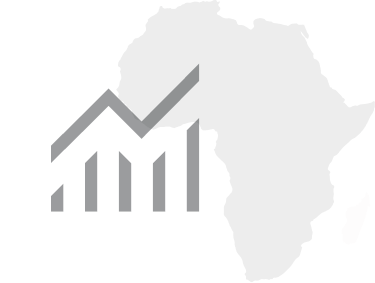Mo's Foreward - Africa’s unique climate context: least responsible and resilient due to lower levels of economic development
20 November, 2023
Building developed economies is an emissions-laden process. Due to its lower level of development, Africa is the least responsible for the climate crisis. But this lower level of economic development also means that Africa is the least resilient region to the adverse impacts of the climate crisis. Achieving development goals in Africa, whether the UN’s SDGs or the AU’s Agenda 2063, will not be possible without a massive increase in energy use and energy access for all on the continent, as is already the case in developed countries. There can be no trade-off between climate and development goals, no saving the planet at the expense of almost one-fifth of its people. But this does not mean Africa will follow the historical carbon-intensive development path seen in the Global North. Africa owns extensive green, blue and mineral wealth, without which the world cannot go green. African countries can leverage these climate assets to simultaneously pursue their own development agendas while also contributing to global climate goals.
The African Leaders Nairobi Declaration on Climate Change and Call to Action has kick-started discussions on reconciling climate and development in Africa. Now we need to see action. A successful COP28 must build on these discussions by addressing three key priorities.
Priority 1. Focus on adaptation: build resilience and climate-proof development
For a continent where almost half the population still has no access to electricity, curtailing already minimal emissions cannot be the focus, and would have little to no impact in slowing climate change globally anyway. The principle of ‘common but differentiated responsibility’ is key. While curtailing the emissions of those with the biggest carbon footprints makes obvious sense, and will have the greatest impact on the climate crisis, for Africa the focus must be on adaptation to the impact of climate change and building resilience. This means addressing ongoing development challenges that increase vulnerability and incorporating climate resilience into development projects going forward.
Priority 2. Unlock the potential of Africa’s green assets: add value locally and focus on governance
Africa’s critical green assets can be tapped to make progress on the continent’s development agendas, while simultaneously contributing to global climate goals. In order to realise these dual objectives, it is key to move away from the historic extractive growth model, rooted in exporting raw materials. Local transformation, which will both foster local employment and reduce emissions from carbon-intensive shipping, natural resource governance, as well as global efforts to conserve biodiversity will all be key to tapping the continent’s green potential.
Priority 3. Break the debt-climate nexus and grow Africa's domestic revenues
Limited domestic revenues force African countries to turn to external borrowing to fund development goals, either at punitive interest rates from the private sector, with burdensome policy conditions from MDBs, or reinforced dependency from bilateral partners. At the same time, illicit financial flows and capital flight continue to bleed the continent of resources. Ever more costly debt servicing triggers a further drain of resources from the continent and subsequently prevents the investment needed to generate climate resilience. Reforming the global financial architecture, breaking the debt-climate nexus and boosting Africa’s revenues is critical to reconciling climate and development.


